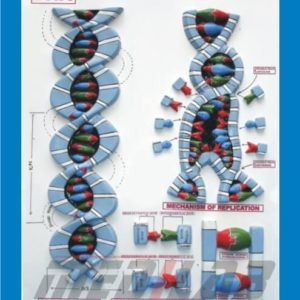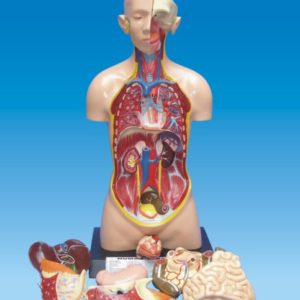Description
HUMAN PANCREAS Model is a physical representation of the structure and function of these three organs, which are located in the abdominal cavity. These models are typically used in educational or medical settings, such as anatomy or gastroenterology classes, to teach students about the anatomy and physiology of these organs and their functions in the digestive and immune systems.
The model is usually made of synthetic materials, such as plastic or silicone, and may be life-sized or scaled down in size. It typically includes the major structures of the pancreas, spleen, and duodenum, including the ducts, blood vessels, and surrounding tissues. Some models may also include other organs or structures of the digestive or immune systems.
Pancreas, spleen, and duodenum models can be used to demonstrate the relationship between the different organs and structures in the abdominal cavity, as well as their roles in digestion, metabolism, and immune function. They may also be used to teach about the effects of disease or injury on these organs, such as pancreatitis or splenic rupture. Some models may also include a cross-section or cutaway view to show the internal structure of these organs in greater detail.







